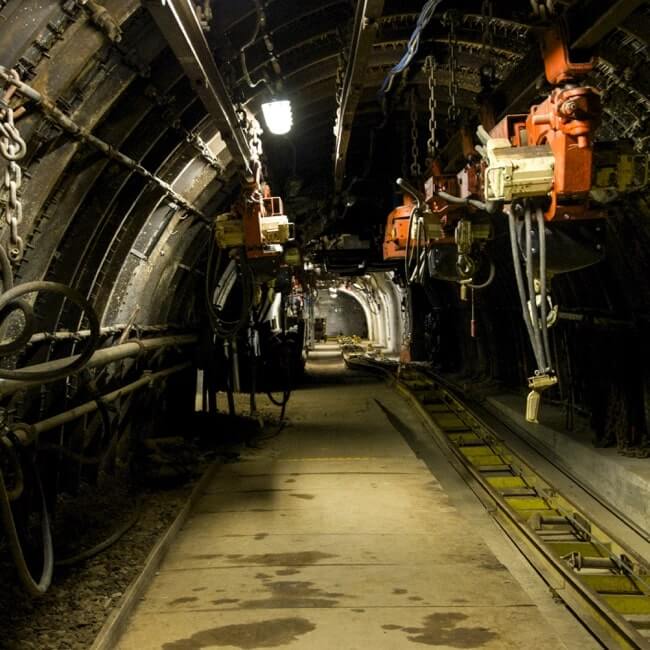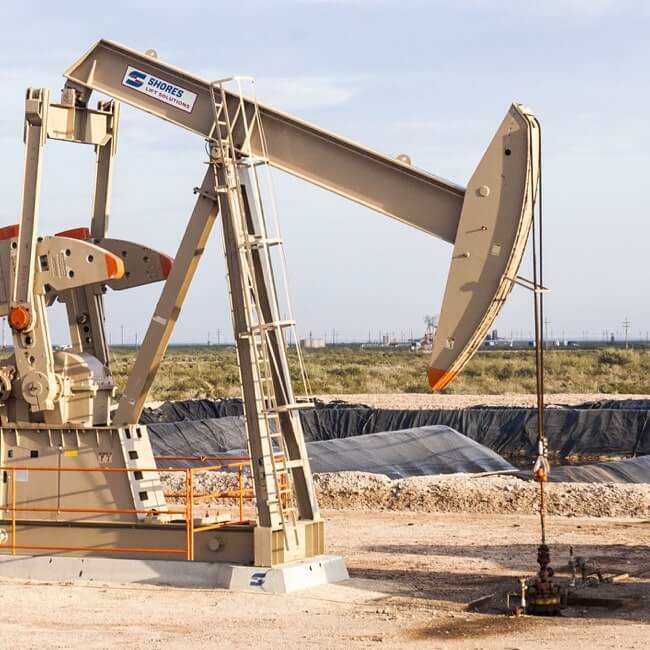Is a Uruguay runoff vote inevitable?
The question of who will be Uruguay's next president will likely be answered in a runoff in November, according to polls.
The country, home to 3.41mn people, will hold presidential and congressional elections on Sunday. A candidate needs 50% of the vote to emerge victorious in the first round – but none of the presidential contenders will achieve this, polling firms say.
The election in Uruguay will round off this year's busiest election month in Latin America and the Caribbean (LAC), which also saw presidential elections take place in Bolivia and Brazil.
Of the seven candidates, the polls show former president Tabaré Vásquez of the ruling leftist Frente Amplio coalition leading with voter support of around 41-44%, followed by congressman Luis Lacalle Pou of the center-right Partido Nacional with about 26-32% of the vote. Pedro Bordaberry of the center-right Partido Colorado is running third in the polls with 10.5-17% of voter support.
The country's highly popular President José Mujica – a former leftist guerilla known for his very spartan lifestyle – cannot, by law, run for a second consecutive term.
SECOND ROUND POISED TO BE TIGHT AFFAIR
Bordaberry has stated that he would support Lacalle Pou in an eventual second round and most of the votes from the Partido Colorado are expected to go to the Partido Nacional.
The likely runoff vote on November 30 is set to be a very closely fought affair as the two leading candidates have been tied in some of the most recent polls, with support for 74-year-old Vásquez in the 45-47% range and support for 41-year-old Lacalle Pou 40-47%.
Bank of America Merrill Lynch said in a research note that two factors will contribute to make a second round a tough call.
Favoring the Frente Amplio is the fact that the Uruguayan economy has performed well in recent years and Vásquez is well regarded. On the other hand, favoring the opposition is the fact that the Frente Amplio has lost votes from one presidential election to the next – and no party has ever won the presidency three times in a row.
The Frente Amplio has ruled Uruguay for two consecutive periods, first under Vásquez and then Mujica.
THE MARKET'S FAVORITE
The markets are seen favoring a win by Lacalle Pou as his program is more market-friendly and he is considered more willing to tackle the main weak spots of Uruguay's otherwise well-managed economy, namely a large fiscal deficit and stubbornly high inflation (an accumulated rate of 8.04% for January-September).
However, no major changes are expected from either candidates in terms of the running of the Uruguayan economy, which has delivered very respectable growth rates during several years and is an economy that welcomes foreign investment. Also, none of the parties are expected to get a majority in the two houses of congress, making more radical changes much less likely.
The campaign has therefore centered on other issues, including crime, education and corruption.
A STRONG ECONOMY
Uruguay has experienced a decade of strong and inclusive expansion since its 2002 crisis, thanks to important institutional reforms, large-scale FDI projects attracted by the country's stable macroeconomic environment and business-friendly climate, and favorable external conditions, the IMF said in a country report on Uruguay at the beginning of this year.
GDP expanded at an average annual rate of 5.5% between 2006 and 2013, which was higher than the regional average for those years. This strong economic performance also helped Uruguay withstand external shocks, such as the international crisis in 2008-09.
In the release of its latest global and regional forecasts earlier this month, the IMF said that it expects the expansion of the Uruguayan economy to slow down to 2.8% both this year and next.
This may not be surprising when considering that many LAC countries are now experiencing slower growth. And Uruguay's projected growth rates for 2014 and 2015 will still be higher than the 1.3% and 2.2% growth rates that the IMF forecasts for LAC during those years.
SOCIAL PROGRESS
The last several years under Frente Amplio's rule have also seen Uruguay make significant progress on the social front.
The country's poverty rate decreased to 11.5% last year from 39.9% in 2004, according to the World Bank. And extreme poverty was reduced to 0.5% in 2013 from 4.7% in 2004. These impressive reductions were a result of several factors, including the strong economy, formal sector job creation, higher wages and social programs.
The appalling income inequality seen in many other LAC countries has never really been a big problem in Uruguay – where most people belong to the middle class – but this indicator has also been improving in recent years, showing a government able to deliver both increased economic prosperity and greater social progress and inclusion.
Subscribe to the leading business intelligence platform in Latin America with different tools for Providers, Contractors, Operators, Government, Legal, Financial and Insurance industries.
News in: Mining & Metals (Uruguay)

Brazil's iron ore, pellet exports to Mercosur surge
Refined copper wire and aluminum oxide exports to the bloc also performed well.

LatAm finished steel consumption stable in H1
Brazil, Argentina and Uruguay showed the best performances in H1, while Venezuela, Peru and Honduras reported the largest declines in consumption, ...
Subscribe to Latin America’s most trusted business intelligence platform.
Other projects in: Mining & Metals
Get critical information about thousands of Mining & Metals projects in Latin America: what stages they're in, capex, related companies, contacts and more.
- Project: Pampa Paciencia
- Current stage:

- Updated:
3 weeks ago
- Project: Arapaima
- Current stage:

- Updated:
3 weeks ago
- Project: Santa Cruz Graphite Project
- Current stage:

- Updated:
3 weeks ago
- Project: IGAB Project
- Current stage:

- Updated:
3 weeks ago
- Project: Tres Picachos
- Current stage:

- Updated:
3 weeks ago
- Project: Salar de Helados
- Current stage:

- Updated:
3 weeks ago
- Project: Carmona
- Current stage:

- Updated:
3 weeks ago
- Project: Carachapampa
- Current stage:

- Updated:
3 weeks ago
- Project: Future Development Division Minister Hales
- Current stage:

- Updated:
3 weeks ago
- Project: Mantos Grandes
- Current stage:

- Updated:
3 weeks ago
Other companies in: Mining & Metals
Get critical information about thousands of Mining & Metals companies in Latin America: their projects, contacts, shareholders, related news and more.
- Company: Ministério de Minas e Energia da República Federativa do Brasil (MME Brasil)
-
Brazil's Mining and Energy Ministry, MME, is composed of four departments: the Oil, Natural Gas, and Biofuels Secretariat; Geology, Mining and Mineral Transformation Secretariat...
- Company: Fluor Corp. (Fluor)
-
US company Fluor Corp. is a multinational engineering, procurement, construction (EPC) firm, and provides manufacturing, maintenance, and project management services on a global...
- Company: Minera Boroo Misquichilca
-
The description included in this profile was taken directly from an official source and has not been modified or edited by the BNamericas’ researchers. However, it may have been...
- Company: Lition Energy
-
The description contained in this profile was extracted directly from an official source and has not been edited or modified by BNamericas researchers, but may have been machine...
- Company: Sumitomo Corp. (Sumitomo)
-
Sumitomo Corp. is a Japan-based general trading company. The company is engaged in the import and export of a wide range of products including metals, machinery, electronics, fu...
- Company: Sociedad Minera El Brocal S.A.A. (El Brocal)
-
The Peruvian polymetallic miner Sociedad Minera El Brocal S.A.A., a subsidiary of Inversiones Colquijirca (owned by the local precious metals firm Compañía de Minas Buenaventura...
- Company: Ero Brasil
- Company: Besalco S.A. (Besalco)
-
Chilean construction and engineering group Besalco S.A. (Besalco) is controlled by the Bezanilla-Saavedra family and was established in 1944. With operations in three countries,...



